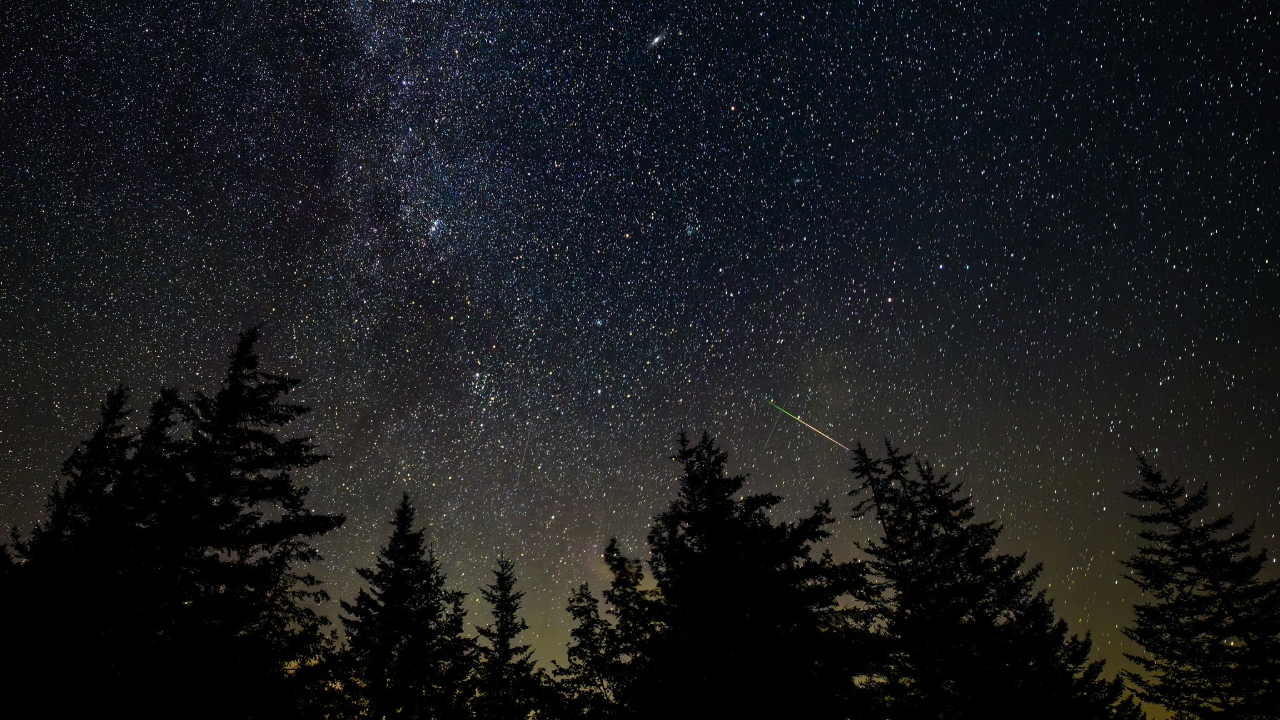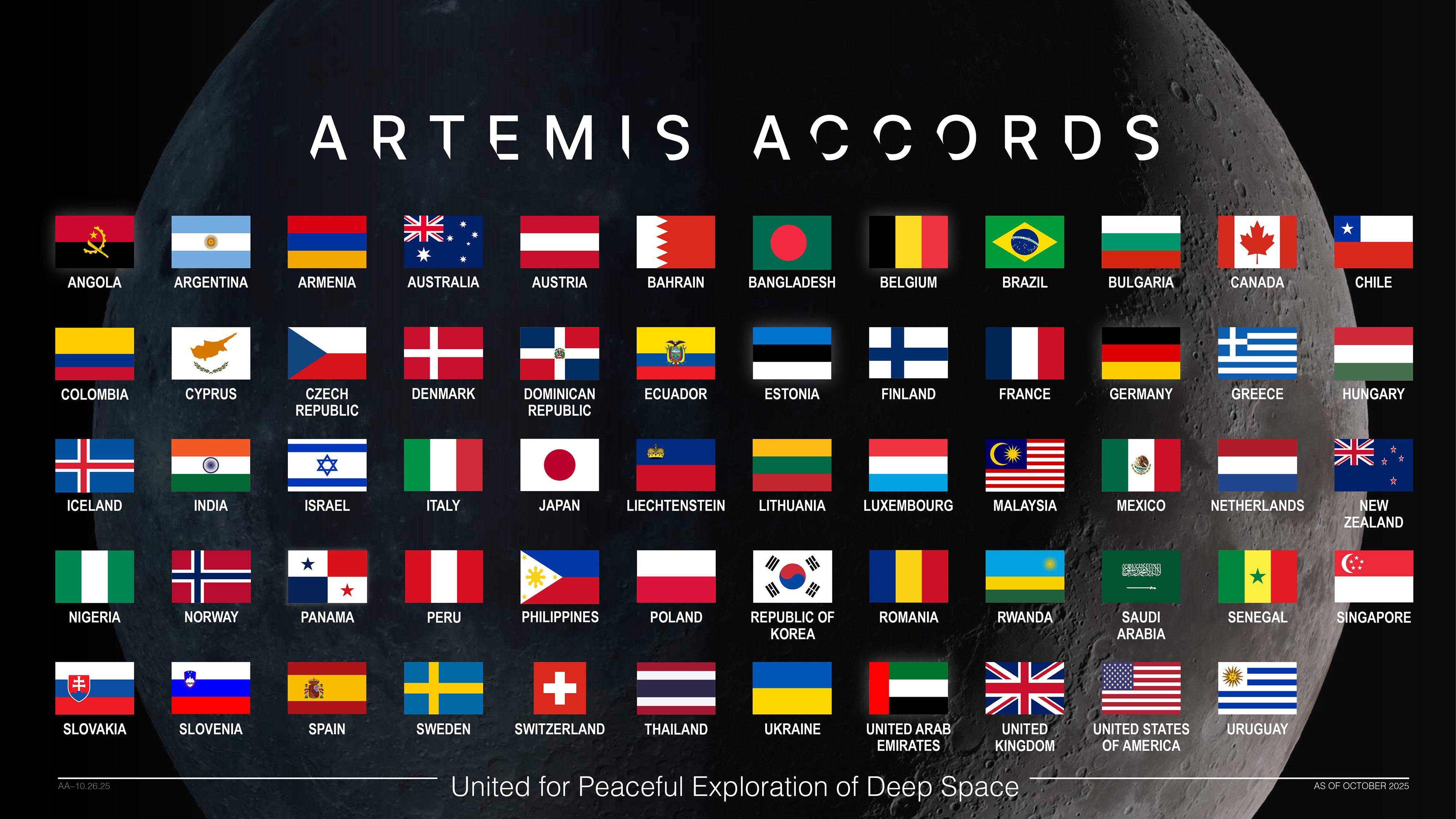Meteor lights up West Virginia night sky | Space photo of the day for Aug. 6, 2025
The shooting star was part of the Perseid and Alpha Capricornids meteor showers.

On the evening of Aug. 3, 2025, NASA photographer Bill Ingalls captured a fleeting 'shooting star' over the night skies in West Virginia during two different meteor showers. As these events continue to rain meteors across the sky, stargazers plan to see these events in areas with little light pollution.
What is it?
Meteor showers occur when Earth, on its orbit around the sun, passes through clouds of debris left behind by comets, sometimes consisting of pieces no bigger than a grain of sand. As these tiny fragments collide with Earth's atmosphere, they burn up at high speeds and create the streak of light we call meteors, or shooting stars.
While showers occur throughout the year, certain ones are especially anticipated due to their brightness, frequency, or unique visual characteristics.
Where is it?
Ingalls took this photo in Spruce Knob, West Virginia, a remote area that offers perfect viewing conditions for skywatchers.
Why is it amazing?
Besides showing a beautiful night sky, Ingalls was able to capture this image during the brief overlap period between two meter showers: the Perseid meteor shower and the Alpha Capricornid meteor shower.
The Perseid meteor shower is one of the most well-known and active showers of the year. It's caused by debris from the comet Swift-Tuttle, with fast-moving meteors that leave bright trails.
In contrast, the Alpha Capricornids meteor shower is produced from debris from the comet-like body 169P/NEAT with slower meteor speeds than the Perseid meteor shower.
Breaking space news, the latest updates on rocket launches, skywatching events and more!
Want to learn more?
You can read more about the science of meteor showers and skywatching events.
Join our Space Forums to keep talking space on the latest missions, night sky and more! And if you have a news tip, correction or comment, let us know at: community@space.com.
Kenna Hughes-Castleberry is the Content Manager at Space.com. Formerly, she was the Science Communicator at JILA, a physics research institute. Kenna is also a freelance science journalist. Her beats include quantum technology, AI, animal intelligence, corvids, and cephalopods.
You must confirm your public display name before commenting
Please logout and then login again, you will then be prompted to enter your display name.

